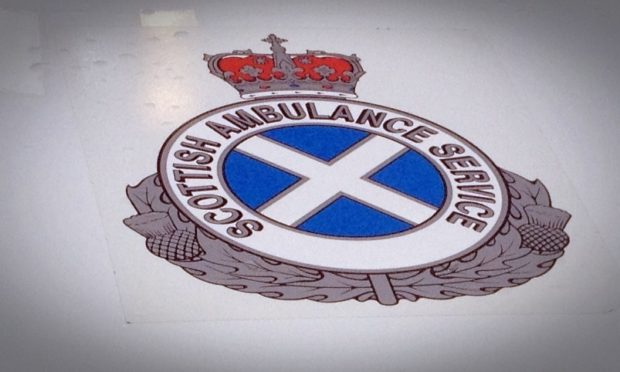Despite the Scottish Ambulance Service failing to meet response-time targets, more people with life-threatening conditions are surviving, MSPs have been told.
The eight-minute response time targets were abolished by the Scottish Ambulance Service (SAS) for all but urgent cases in 2016, when their new system of how to prioritise calls was introduced.
SAS chiefs defended the changes to Holyrood’s Health Committee yesterday, as it was given figures showing 61.5% of all life-threatening calls and 71.2% of cardiac arrests were responded to within eight minutes.
Their respective targets are 75% and 80%.
Committee convener Lewis Macdonald said: “The proportion of eight-minute response times have reduced significantly.
“The targets for life-threatening responses are not being achieved.”
However Dr James Ward, medical director of the SAS, defended the new system.
He explained to MSPs that the model is based on a “huge amount of data and evidence” about the patient’s situation and needs.
Mr Ward said: “For the codes that go into our highest category, we know that these people are sick and in immediate life-threatening circumstances.
“If you align your response to accurately identify these patients, it gives you the best opportunity to save lives.
“When we set off at this, we had no idea what would happen in terms of 24-hour and 30-day survival, but what we’ve seen in the first year – from the old system to the new system – is a 43% increase in 30-day survival.”
He also claimed the eight minute target has “lost its relevance to clinicians” as now they can get to the sickest people quickest, which is where clinician work begins.
Another change is that two crews are automatically dispatched to highest-risk category calls.
Specialist paramedic Donna Hendry told MSPs: “I’m often used to attend the immediate life-threatening calls as a second responder – the third pair of hands – and in that respect I feel as though it has been really useful.”
